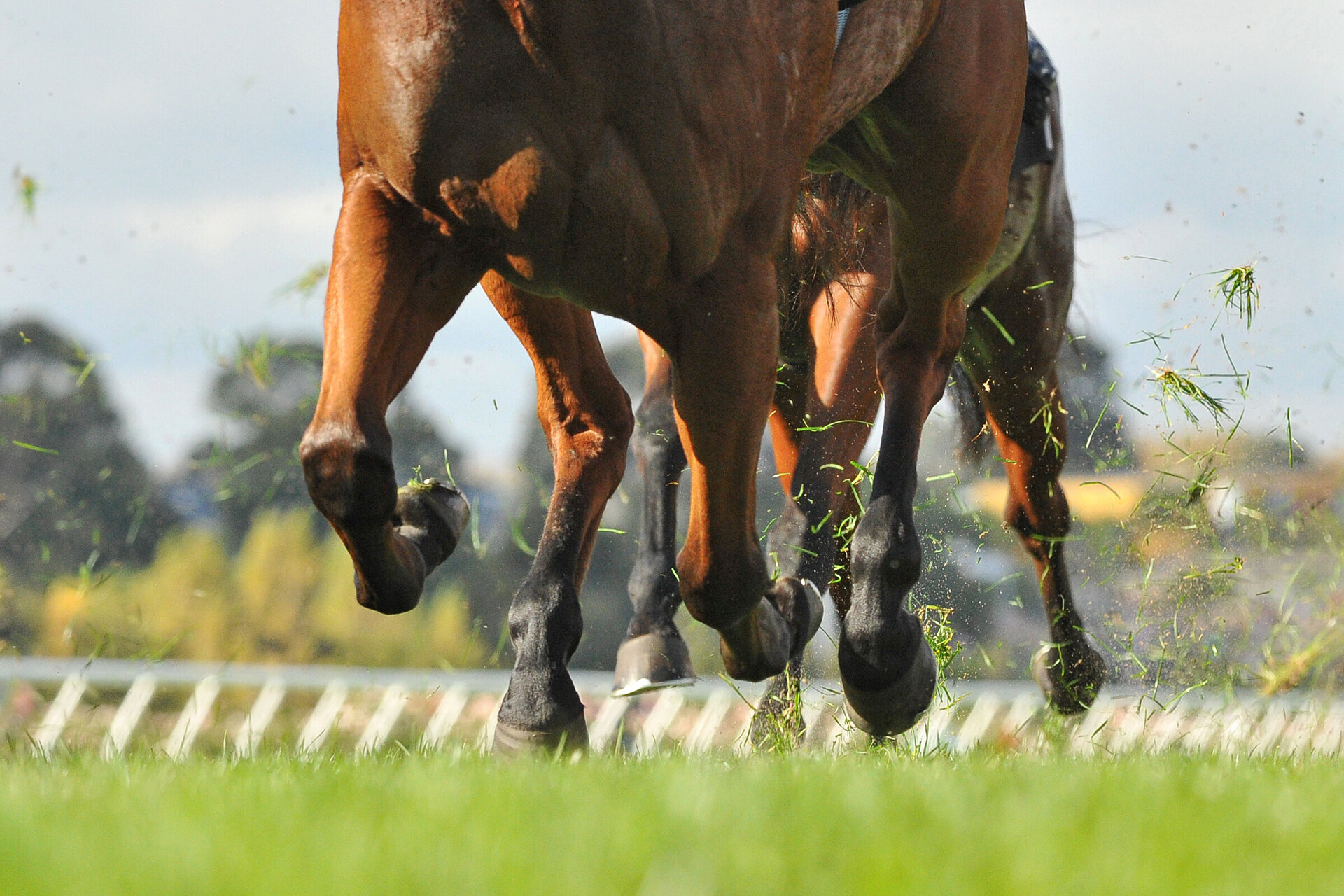Veterinary Management of Thoroughbred Yearlings after Sales
Who hasn’t heard a story about a yearling or young horse that failed its vet check at the sales but went on to become a champion? It’s definitely not an exact science, and there are many variables as to why a horse will or won’t be a successful racehorse. But veterinary medicine has come a long way and is getting better all the time at the assessment of young horses to help buyers and vendors determine the risks associated with purchase for future athletic performance. These assessments al...
April 1, 2022Should veterinarians combine the use of 2.5% PAAG (Arthramid® Vet) and Corticosteroids (Triamcinolone Acetonide)?
Introduction Joint treatments in horses due to osteoarthritis traditionally include rest, controlled exercise, corrective shoeing, nutraceuticals (including glucosamine, epiitalis, hyaluronic acid, and PSGAG's), non-steroidal anti-inflammatory drugs (NSAID’s), and any combination of the above, along with intra-articular medications including with corticosteroids (with or without hyaluronic acid) or biotechnological substances such as stem cells, platelet rich plasma, or autologous conditioned ...
October 31, 2021Equine Welfare and Veterinary Science
Most of us understand that equine veterinarians do not practice veterinary science in a vacuum devoid of economic consideration. However, from a medical standpoint, treatment decisions should always be made with the health and welfare of the horse (and rider) as the uppermost concern. In addition, due to these varying economic considerations, adequate time and money is not always made available for the veterinarian to properly diagnose, treat, and evaluate a horses’ response to treatment...
October 11, 2021Not all hydrogels are the same
In 2011, Narin’s and Schmitd(1) published an article titled 'Polyacrylamide differences; Getting rid of the confusion'. The article outlined the significant differences between the numerous polyacrylamide hydrogels (PAAG) available. Polymer hydrogels have been used for many years in European and Asian countries in humans and these products are often considered to be the same material in different packaging. This however was not the case. With the increasing use and awareness now of PAAG hydrog...
November 12, 2020Novel treatment for arthritis may improve horse welfare & reduce wastage in racing
Dr Jason Lowe BVSc Cert EP. Cambridge, New Zealand – 29 July 2020 Equine veterinarians have a range of options to treat lameness in horses caused by osteoarthritis (OA) and practitioners use all means at their disposal to ensure horses are exposed to the absolute least amount of discomfort and pain, and potential for injury, while under their care. Intra-articular (IA) corticosteroid administration is one of the most commonly used treatments, employed principally for their immediate and ...
August 11, 2020Innovation in the Treatment of Equine Lameness
During my time as an equine veterinarian I was constantly dealing with lame horses. In fact, lameness accounts for one of the most common reasons for veterinary call outs and costs thousands in poor performance, lost training days, and emotional anguish from frustrated owners, not to mention the welfare implications for the horses. Approximately 60% of all equine lameness is due to arthritis, or inflammation of the joints and because of this there is a high level of motivation and investmen...
July 21, 2020 Posts 1-6 of 6 | Page


